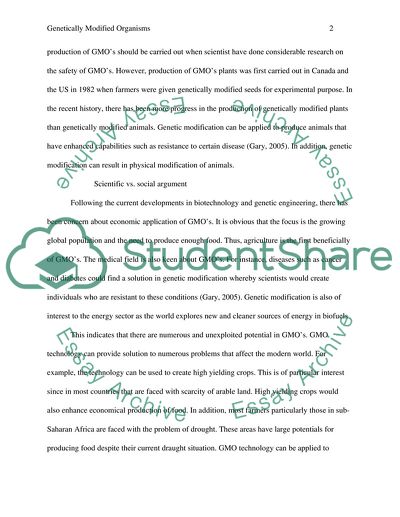Cite this document
(Genetically Modified Organisms and Their Creation Case Study, n.d.)
Genetically Modified Organisms and Their Creation Case Study. Retrieved from https://studentshare.org/science/1598662-research-paper-on-gmos
Genetically Modified Organisms and Their Creation Case Study. Retrieved from https://studentshare.org/science/1598662-research-paper-on-gmos
(Genetically Modified Organisms and Their Creation Case Study)
Genetically Modified Organisms and Their Creation Case Study. https://studentshare.org/science/1598662-research-paper-on-gmos.
Genetically Modified Organisms and Their Creation Case Study. https://studentshare.org/science/1598662-research-paper-on-gmos.
“Genetically Modified Organisms and Their Creation Case Study”. https://studentshare.org/science/1598662-research-paper-on-gmos.


